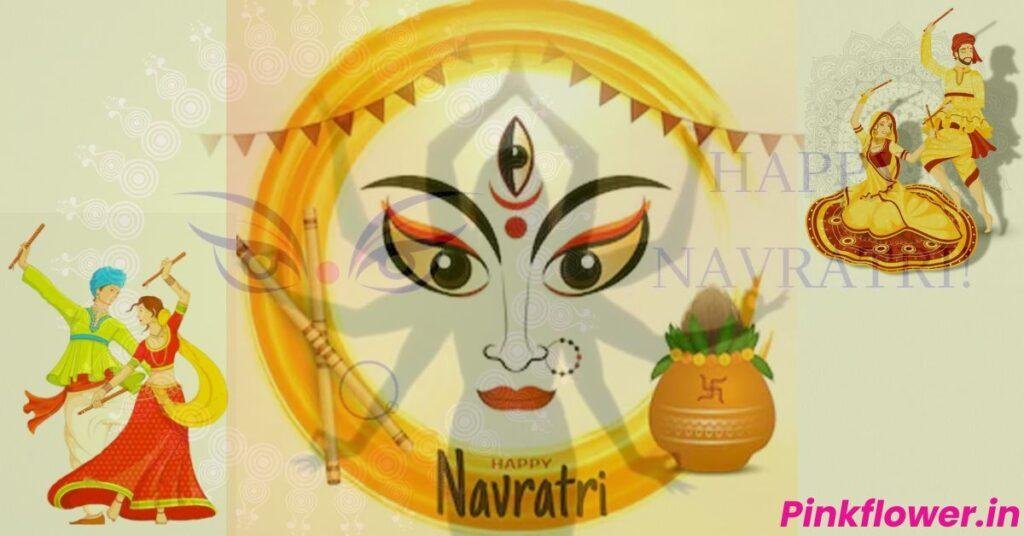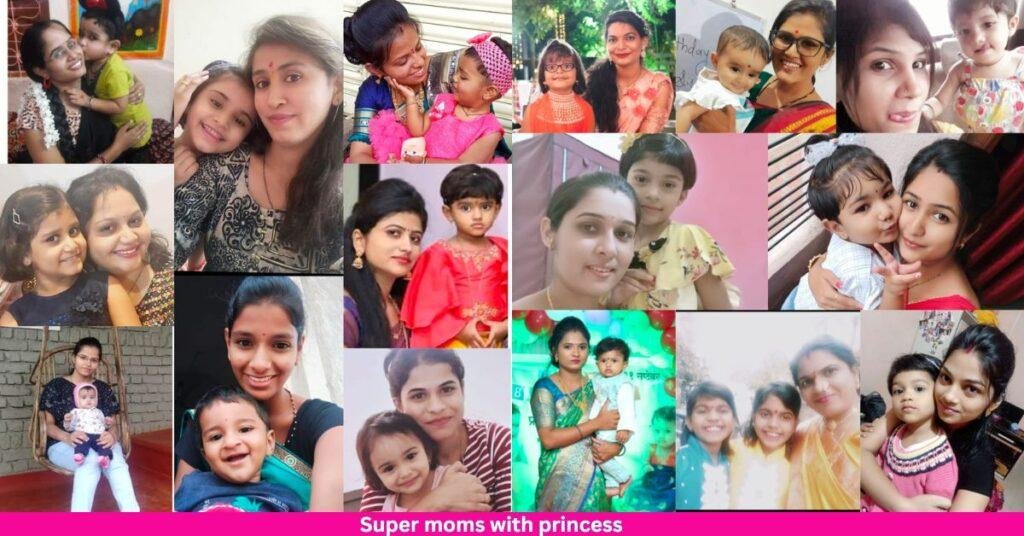Hartalika Teej is a significant Hindu festival celebrated mainly by married women in various parts of India, especially in the northern regions. It is dedicated to Goddess Parvati and Lord Shiva and is observed with great devotion and enthusiasm. To understand the essence and significance of Hartalika Teej, let’s delve into its history, customs, and celebrations.
Hartalika Teej falls on the third day of the bright half of the Hindu month of Bhadrapada, which typically falls in August or early September. The festival is primarily celebrated in states like Uttar Pradesh, Bihar, Rajasthan, and Madhya Pradesh. The name “Hartalika” is derived from two words: “Harat,” meaning abduction, and “Aalika,” meaning female friend. The festival’s name is associated with an interesting mythological tale.
Legend has it that Goddess Parvati, a manifestation of Adi Shakti and the consort of Lord Shiva, wanted to marry him. However, her father, King Himavat, had other plans. To prevent the marriage, the king arranged a grand swayamvar for his daughter, inviting all the gods and princes. Determined to marry Lord Shiva, Parvati sought the help of her female friend Aalika. Together, they devised a plan.
On the eve of the swayamvar, Parvati and Aalika went to a dense forest and built a makeshift temple out of leaves and twigs. Parvati observed strict fast during this time to seek Lord Shiva’s blessings. Pleased by her devotion, Lord Shiva appeared before her and agreed to marry her. This secret union between Lord Shiva and Goddess Parvati is celebrated as Hartalika Teej.
The festival is marked by various customs and rituals. Married women fast on this day, praying for the long and prosperous lives of their husbands. Unmarried girls also observe the fast, hoping for a good husband in the future. The fast begins at sunrise and ends with the sighting of the moon. Women dress in beautiful traditional attire, applying henna on their hands and adorning themselves with jewelry.
One of the highlights of Hartalika Teej is the worship of the makeshift Shiva-Parvati idol made of sand or clay. Women decorate the idol with flowers and offer various fruits and sweets as a symbol of their devotion. They also light incense sticks and lamps and sing bhajans (devotional songs) in praise of Lord Shiva and Goddess Parvati. Married women often gather together to perform group prayers and share their experiences.
Another significant aspect of this festival is the “Teej Katha,” where women sit in a circle and narrate the story of Goddess Parvati and Lord Shiva’s union. It creates a sense of unity and strengthens the bond among women in the community. Women exchange gifts and sweets, fostering a sense of sisterhood.
Hartalika Teej also showcases the rich cultural heritage of India, with processions and cultural programs taking place in various regions. In some places, a grand procession featuring beautifully decorated idols of Lord Shiva and Goddess Parvati is carried out, accompanied by traditional music and dance performances.
In conclusion, Hartalika Teej is a festival that celebrates the divine love between Goddess Parvati and Lord Shiva. It is a day when married women fast, pray, and come together to strengthen their bonds of friendship and sisterhood. The festival’s customs, rituals, and the heartwarming legend of Parvati’s determination to marry Lord Shiva make it a cherished and vibrant celebration in the Hindu calendar. It not only symbolizes devotion and love but also promotes unity among women and showcases India’s rich cultural heritage.


